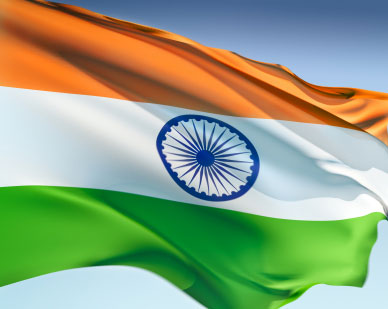PLACE OF MADAKARI
Chitradurga district is an administrative district of Karnataka state in southern India. The city of Chitradurga is the district headquarters. Chitradurga gets its name from Chitrakaldurga, an umbrella-shaped lofty hill found there. Tradition dates Chitradurga District to the period of the Ramayana and Mahabharata. The whole district lies in the valley of the Vedavati River, with the Tungabhadra River flowing in the northwest. During the British times it was named Chitaldrug. The district was practically ruled by all the well known dynasties that ruled Karnataka.
The district is hilly, with lots of forts and villages. The district is bounded by Tumkur District to the southeast and south, Chikmagalur District to the southwest, Davanagere District to the west, Bellary District to the north, and Anantapur District of Andhra Pradesh state to the east. Davanagere District was formerly part of Chitradurga. The district is divided into taluks, namely Chitradurga, Hiriyur, Hosadurga, Holalkere, Challakere and Molakalmuru. It is rich in mineral deposits, including gold prospecting at Halekal, Kotemardi or Bedimaradi, etc., and open cast copper mines at Ingaldhal.
Chitradurga is a city located in the Indian state of Karnataka. Chitradurga gets its name from Chitrakaldurga, an umbrella-shaped lofty hill found here. Tradition dates the Chitradurga district to the period of the Ramayana and Mahabharatha. The whole district lies in the valley of the Vedavati river, with the Tungabhadra flowing in the NorthWest. The Well Known Tourist Place in Chitradurga is the Fort. The Fort of Chitradurga with seven circumambulations surrounds the seven hills of Chinmuladri range. Actually the Construction of this fort started during 10th Century A.D and completed in 18th Century A.D during the rule of palegars. According to an estimate the total length of the fort is about 8 Kms. As per Chitradurga District Gazetteer this fort as 19 Gateways, 28 Postern Gates, 35 Secret Entrances, 4 invisible Entrances, 50 Warehouses, apart from other monuments.
Chitradurga, on the highway linking Bangalore with Hospet, is famed for its massive Kallina Kote (Palace of Stone) fort, a marvel of military architecture made impregnable by the Nayak Palegars. Visitors to Chitradurga’s Kallina Kote cannot help but be astounded by the sheer size of everything within the Fort. Encircled by seven massive walls, each with its independent gate, the fort has 19 gateways, 38 posterior entrances, four of which are secret, granaries, oil pits, water tanks, a palace and a mosque. As if that was not enough, the approach to each gate is uphill and through passages that twist and turn, thus making it impossible to use elephants or battering rams to break down the gates. Additionally every wall has pigeonholes from where soldiers could rain down arrows on invaders.
PLACES IN CHITRADURGA
Chitradurga Kote: is only of its kind of fort. As it is built on top of Hill with Stones. Chitra-durg gets names because of this fort. Chitra durga meaning Picture Perfect Fort
Ashoka Siddapura: is an important archeological site where emperor Ashoka's edits were found. Nearby is Ramagiri, a hillock that has mythical associations with the epic Ramayana. A temple dedicated to Rameshwara built in 926 CE. exists here.
Brahmagiri village: is the ancient site of Ishila, one of emperor Ashoka's provincial capitals. His earliest rock edicts in Brahmi script and Prakrit language (3rd c. BC) containing Kannada words were discovered here.
Chandravalli: is an ancient archeological site where painted pottery and coins from the Shatavahana empire and prehistoric times were discovered. The rock inscription of king Mayurasharma dated 450CE. discovered here gave historians much information about Karnataka's first Kannada kingdom.
Hiriyur: situated on the right bank of Vedavathi river is famous for its Tirumalleshawara temple. The temple has impressive lofty gopura and the ceiling of the main hall is painted with scenes from the Shivapurana and Ramayana.
Neerthadi: is famous for its Ranganathaswamy temple built in Vijayanagar style.
Vani Vilas Sagar:(also known as Mari Kanive)an artificial lake built by the Mysore Maharaja across the river Vedavathi. The reservoir has two mantapas built in saracenic style.
Thamatekallu: has ancient rock inscription and the oldest virgallu or hero stone inscription in Karnataka.
Holalkere: is well known for its 10th century Jain settlement and 9 ft. tall statue of Bala Ganapathi, a child form of Hindu god Ganapathi.
Doddahottrangappa Hill: has a Ranganathaswamy temple on top of a hillock which is a trekkers paradise.
Halu Rameshwara: near Hosadurga is well known for the temple & wells, the well has wihte coloured water (looks like milk) in it that's why the name 'Halu' Rameshwara.
HOSADURGA: A PLACE ALMOST COVERED BY HILL SURROUNDED.








